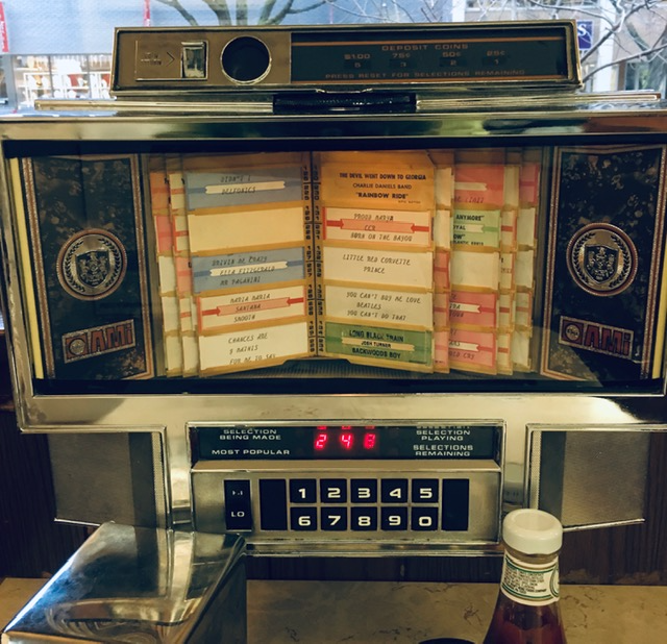Gen Z and the Movement’s Future: Users or Innovators?
Every product, brand, business, service, and even non-profit institution has the challenge of engaging the next generation of users. Or risk going out of business.
Coca-Cola’s marketing focuses on this never-ending generational transition. The One Day Last Summer ad series (from 2018) targeted Gen Z with a series of Vimeo shorts about high schoolers’ summer fun before college.
More Than Product Marketing
Coca-Cola also tapped into this generation’s social activism with the initiative summarized in the following release:
Coca-Cola launched the “Dear Future [Community] Challenge” inviting Gen Z and young Millennials to be changemakers and better their communities. The beverage giant has identified 15 communities across the U.S. where the company has bottling centers and other community stakeholders to partner with locals and address their concerns. Individuals ages 18-24 can submit proposals on how to strengthen these areas, and for residents outside those selected locations, there is a national competition. To help bring their ideas to life, winners will receive a $30,000 grant from the company as well as support and guidance from former Coca-Cola Scholar Foundation recipients and other community partners. Caren Pasquale Seckler, Vice President of Social Commitment for Coca-Cola North America, explains the engagement approach saying, “We really want to write the next chapter together with ‘Dear Future’ by engaging consumers and doing something together, [as well as] engaging all of our local partners in identifying all of the issues that are truly meaningful to them.” Coca-Cola is spreading the word with a “Dear Future” ad, which features employees and former scholars, as well as print, social and TV spots.
One University’s Approach
Individual colleges will also thrive or slowly expire depending on their perceived relevance to each new cohort of students. George Washington University in the heart of DC has long attracted liberal arts and science majors while being in the nation’s capital. But like a number of leading universities, it found that prospective students were not just interested in learning, but also applying their passions to start businesses and social enterprises. Hence the founding of the GW Office of Innovations and Entrepreneurship.
The Office sponsors an annual New Venture Competition:
The winners receive significant cash, mentoring, legal and in-kind support to carry their ideas to the next stage. The summer showcase provides another opportunity for startups to garner resources and external interest through the University. The nine winners from this summer’s 2020 GWSSA program are linked below.
These 8-12-minute pitches are classic models of the “elevator speeches” honed to attract investors. They demonstrate the iconic American spirit of innovation and inspiration as well as the necessary business disciplines to succeed.
- BladesWork Unlimited
- Cognitive Gym
- Culture Media
- Early Intervention Systems
- ecomadic
- HotMaps
- Ichosia Biotechnology
- Mesean Spices
- Rise Nutrition
- Songwriter’s Dream
The Credit Union Challenge
The cooperative challenge is not merely honing the Coca-Cola skill of attracting the next generation of “customers” but more critically, captivating those members who want to be credit union “entrepreneurs.”
Those students who want to fashion the credit union model for the needs and virtual world of their generation, not copy what has gone before. The GW New Venture Competition awarded one of its prizes three years ago to a group of freshmen who proposed offering a credit union uniquely designed to serve the needs of fellow students far into the future.
Are Credit Unions Missing Out on the Next Generation of Entrepreneurs?
Those freshman winners are now entering their senior year. They are transitioning the project’s leadership to underclassmen to continue the chartering effort. The challenges are not technical or even financial. They have completed all the policies and projections and raised the minimum level of donated funds NCUA said was needed.
But NCUA’s chartering process is endless. There is neither encouragement nor transparency. NCUA’s attitude appears to be “no one has a right to a charter;” regardless of circumstance. The practice is to extend the process until people just give up and go away.
Public companies and private universities have made significant changes to attract generation Z’s loyalty. And to continue their institution’s relevance and sustainability. Will credit unions just attract Gen Z as users or can it also include those who aspire to create the next evolution of the cooperative model?
Tomorrow: The fate of one credit union entrepreneur.









